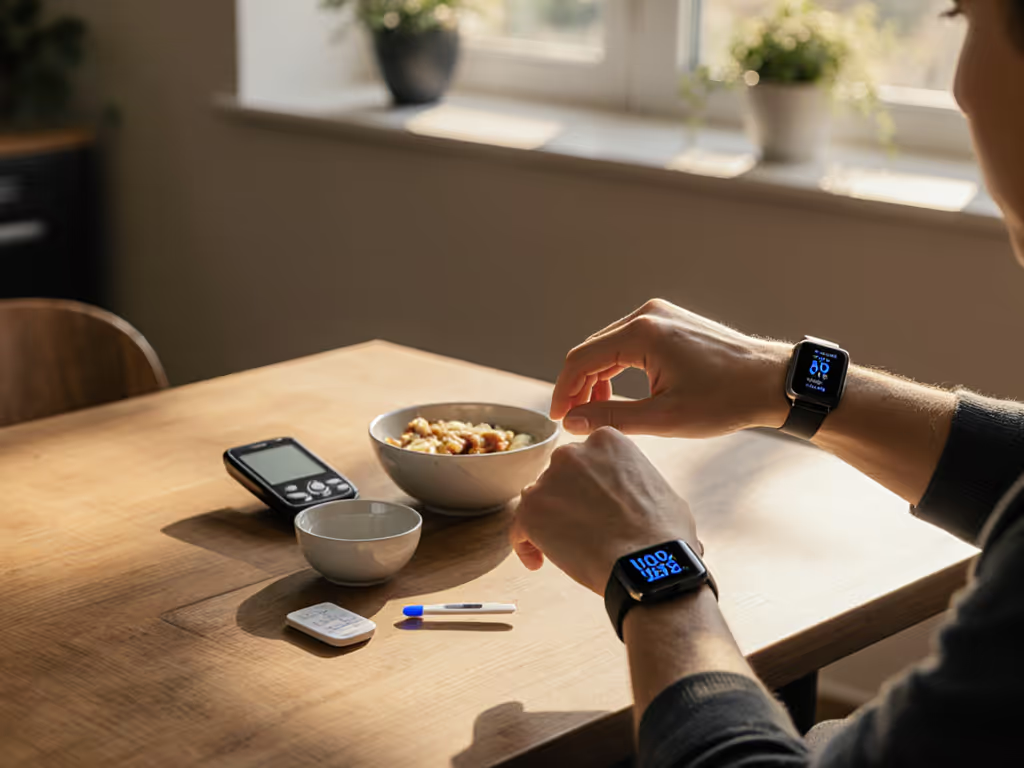
Health Metrics & How to Use Them
Top Articles

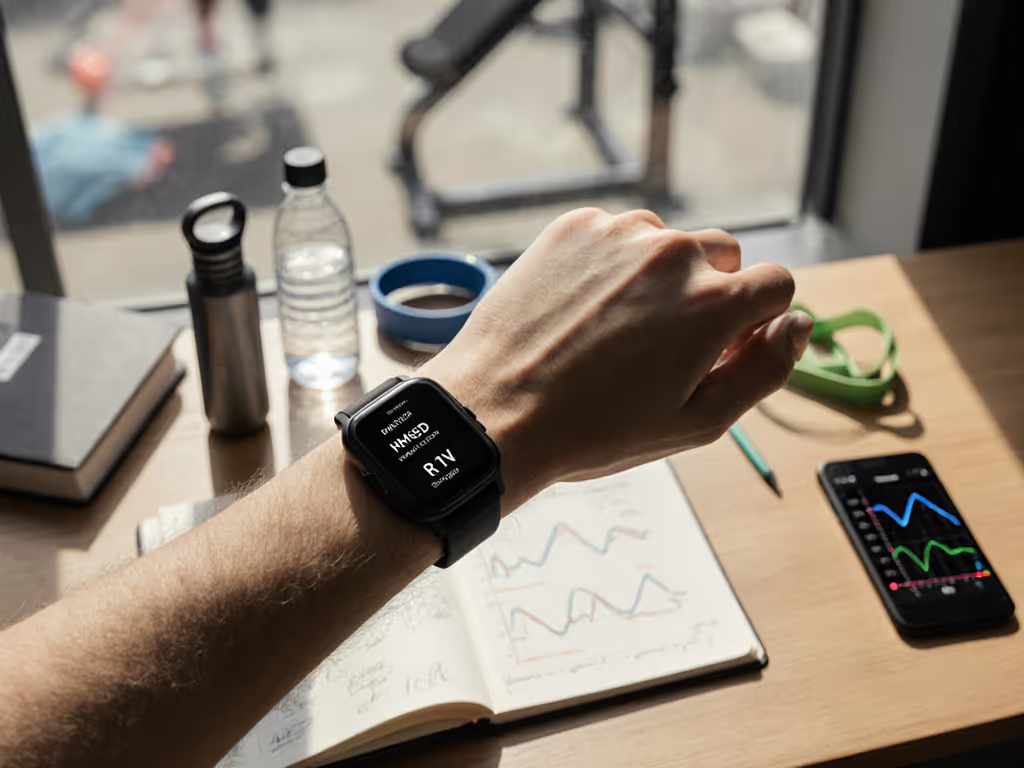
HRV for Recovery: Truth About Fitness Tracker Accuracy
Learn when wrist-based HRV is trustworthy, which metric to rely on (RMSSD at rest), and how skin tone, tattoos, and intense workouts can skew readings. Use a 15-minute daily checklist to validate and improve your tracker, align scores with sleep, hydration, and cycle context, and choose value based on outcomes and data portability.
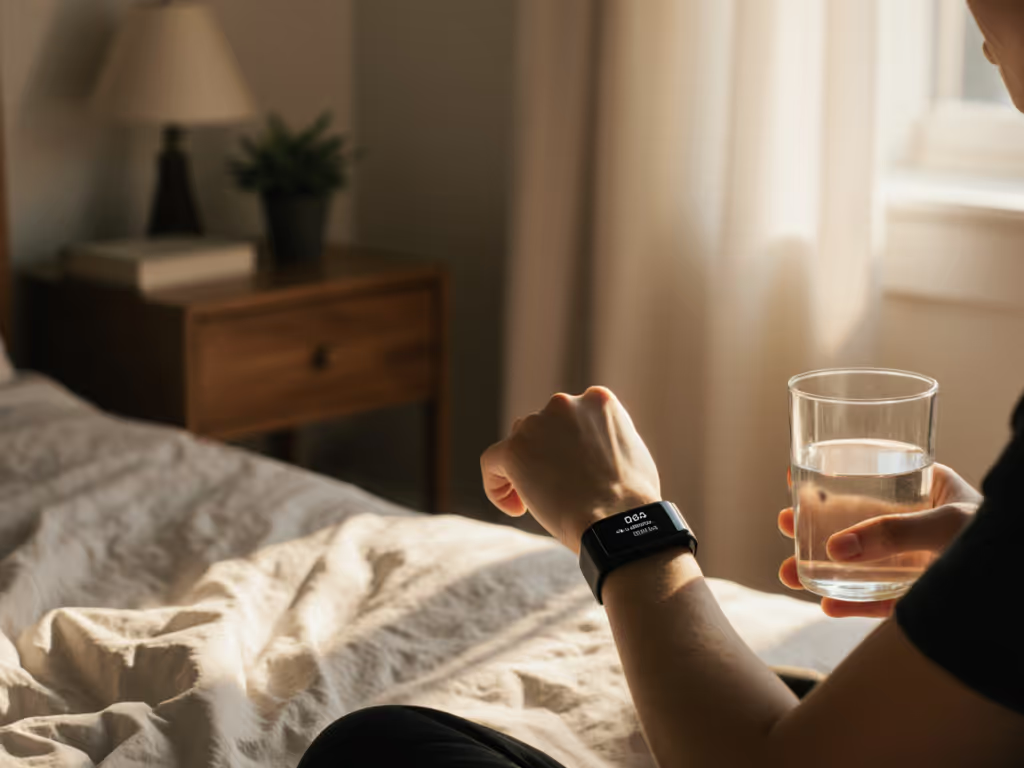
Fitness Tracker Habit Building: Consistency Over Data
Turn a fitness tracker into a supportive tool by focusing on awareness and small, repeatable wins instead of arbitrary targets. Get practical steps - customizing notifications, setting baseline +10% goals, using weekly totals, and tracking sleep for consistency - to build habits that last without burnout.
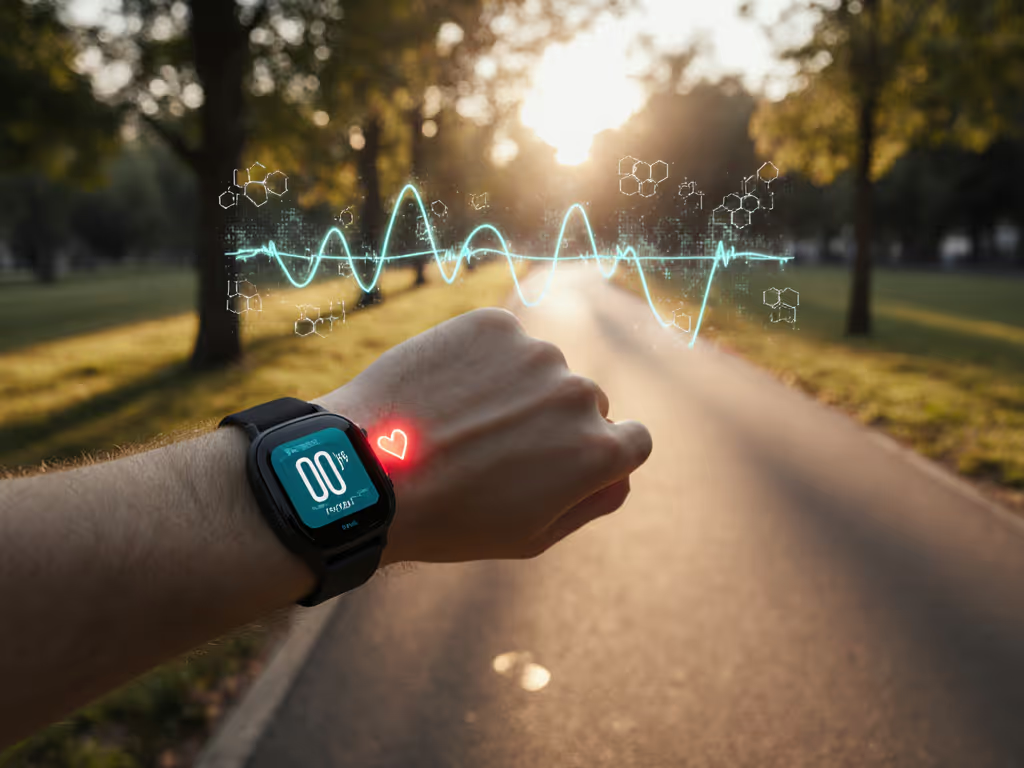

Unlock Ring Fitness Insights Without Data Overload
Use a simple 4-step filter to turn ring tracker metrics into actionable, inclusive insights by prioritizing comfort, linking data to how you feel, and calibrating thresholds for your body. A 90-second weekly ritual helps reduce alert fatigue and focus on fewer, more trustworthy signals.
Explore Other Topics

Side-by-side comparisons of popular fitness trackers by ecosystem, sport, health features, and overall value to help you choose between specific models.

Curated recommendations tailored to needs, activities, demographics, and budgets—find the right tracker for swimming, seniors, women’s health, battery life, weight loss, and affordable options.

Deep dives into how trackers work (e.g., heart rate, step counting) and the evolution of wearable tech—what’s under the hood and how we got here.
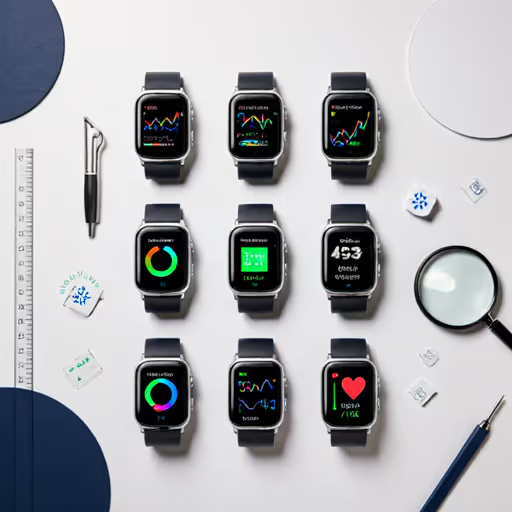
Detailed, model-specific reviews evaluating real-world performance, accuracy, features (e.g., AMOLED displays, GPS, battery life), and overall value to help decide on a specific tracker.
